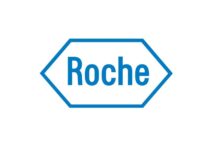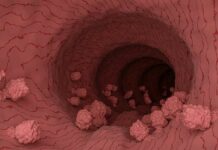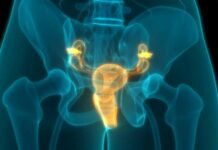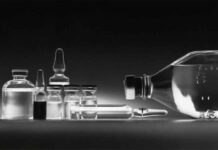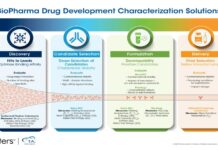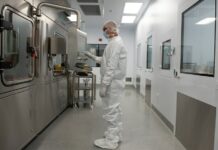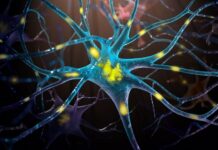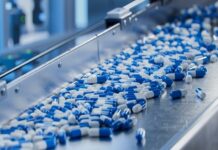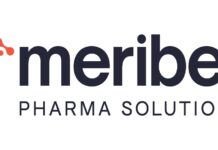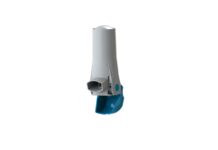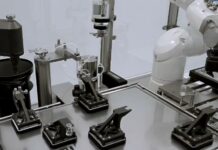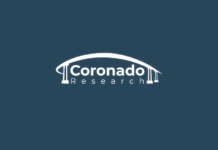Researchers at Rensselaer Polytechnic Institute in Troy, N.Y., the University of California, Berkeley, and Solidus Biosciences, Inc. have come up with a biochip technology that would accelerate the drug development safety studies with a simultaneous reduction in the need for animal testing during early experiments. Animal tests have been traditionally used to detect the drug toxicity. However such tests are not always accurate in mimicking the human response to compounds. The biochips are found to be more accurate as well as cheap.
The Biochips consist of Metachip and Datachip. Metachip is a glass slide dotted with 20 nanolitre droplets of a solution containing human enzymes. Toxicity of a compound is actually detected by introducing the compound in the solution droplets and tracking the reaction of the same. Datachip is another glass slide lined with cell cultures of the human bladder, kidney or liver. This would help the scientists to detect the safeness of the drugs by introducing a few drops of the same onto the slide and tracking the culture’s expansion or shrinkage over time. The two biochips can be used in tandem by putting the Metachip on the Datachip to see how the two interact.
Metachips and Datachips have been a really since the scientists have been successful in isolating p450 liver enzymes and making three-dimensional cell culture in droplets. The use of Biochips entails a high-throughput micro array spotter machine to place the liquid enzyme dots on the slides. Optical assay systems including a camera need to be connected to a fluorescent light source to take images of the cell culture and highlight living and dead cells. The demand for biochip technology is set to rise with the ban on animal testing to be in place since 2009.



